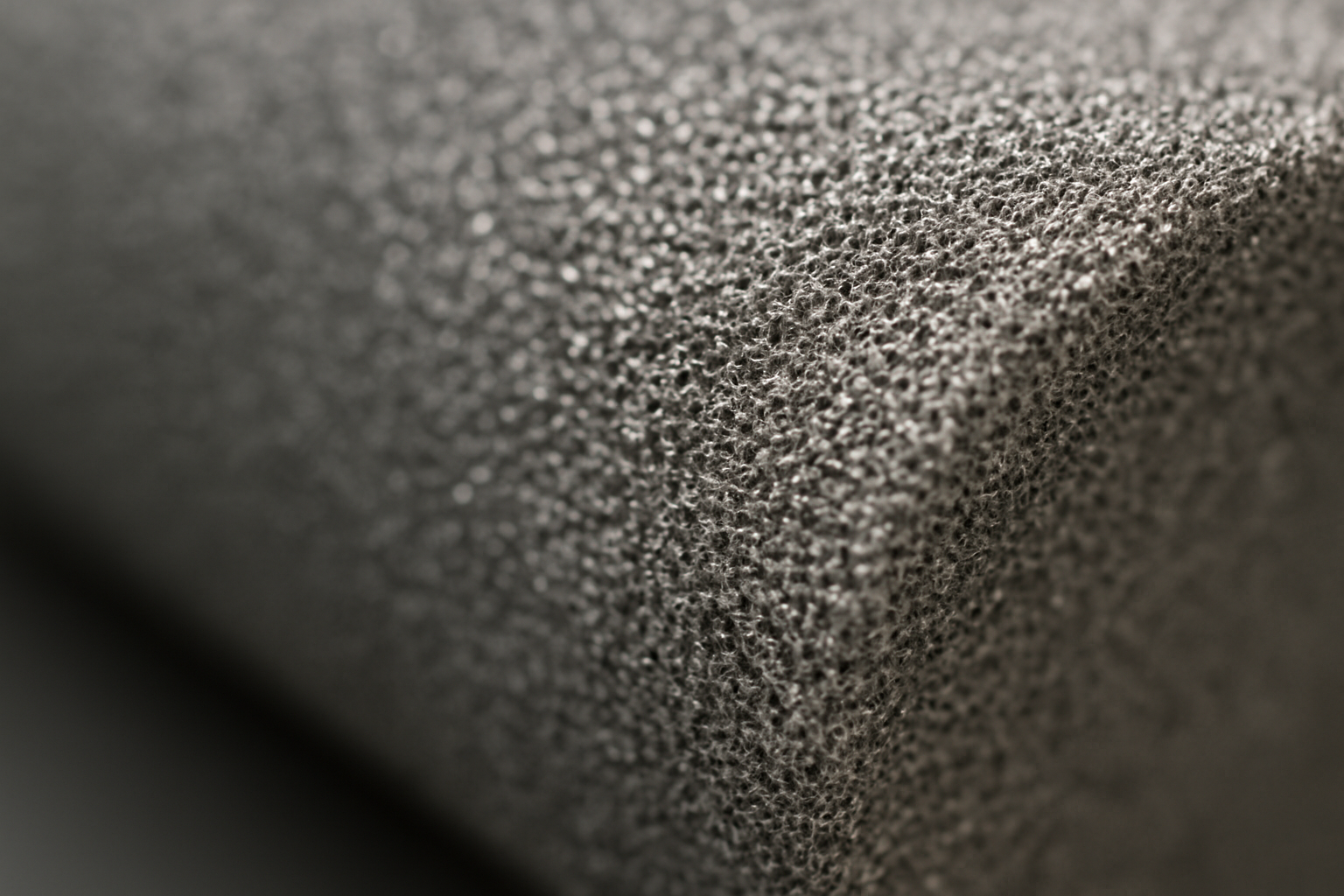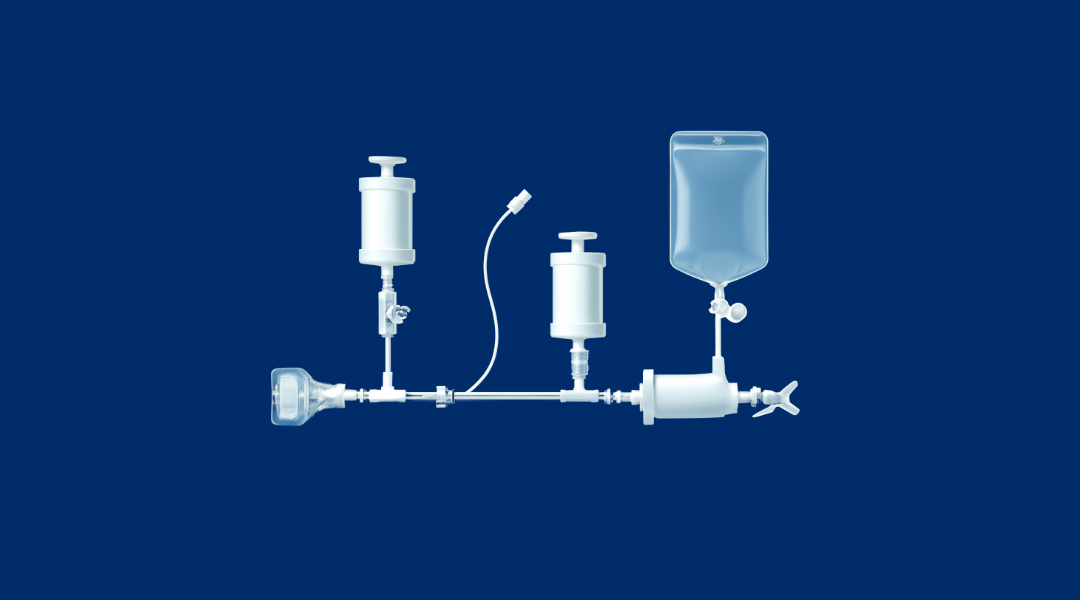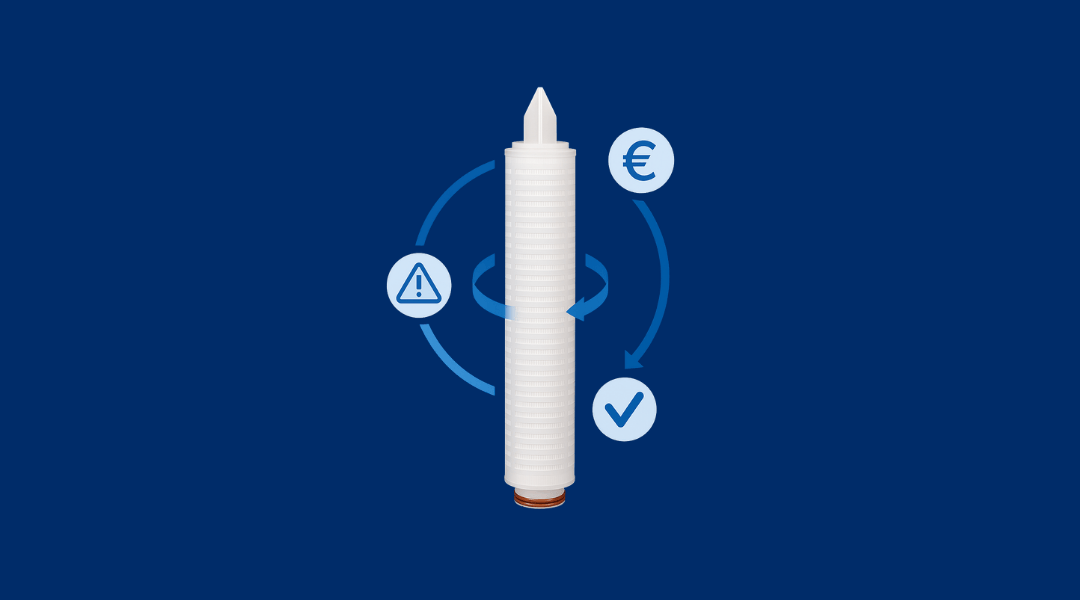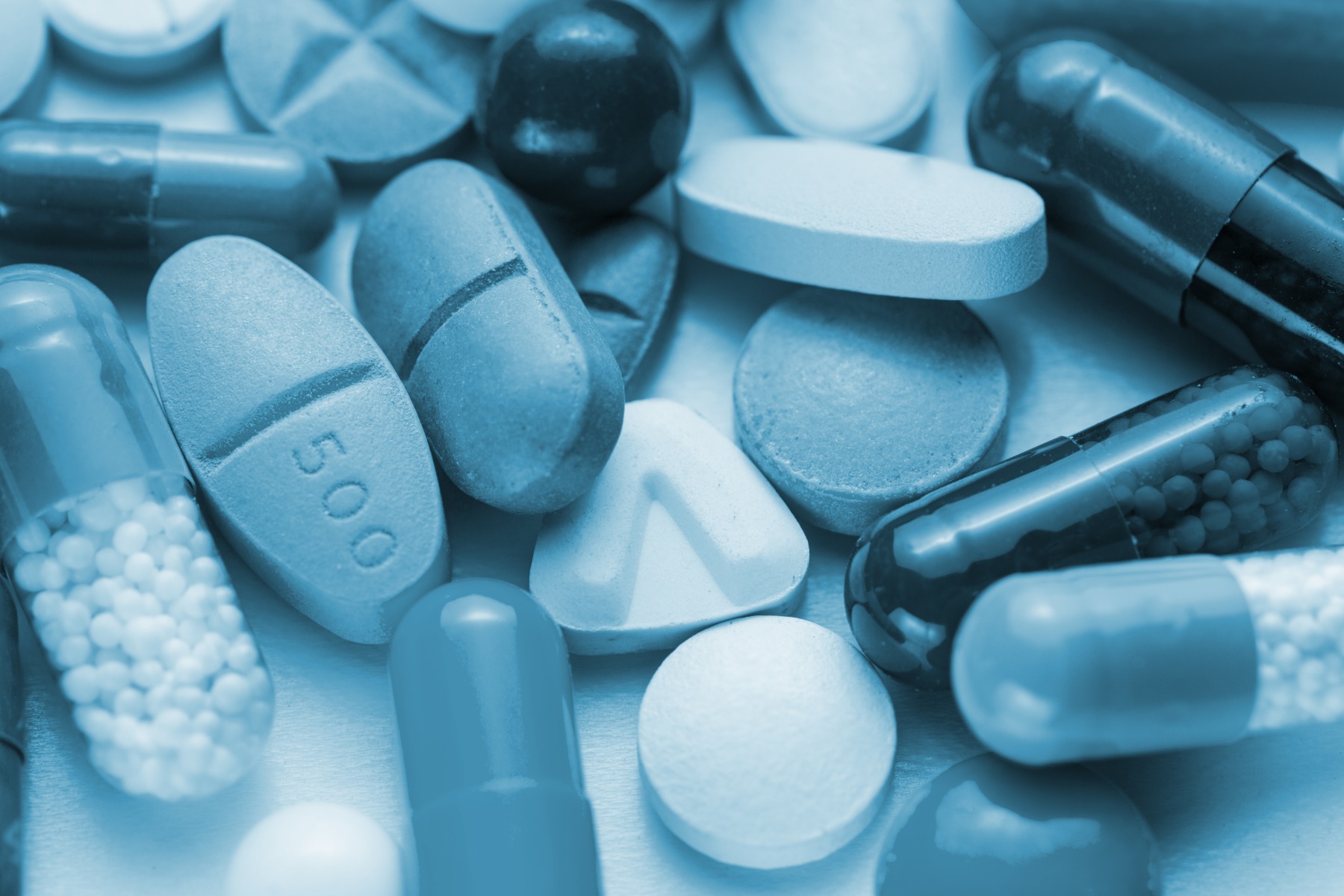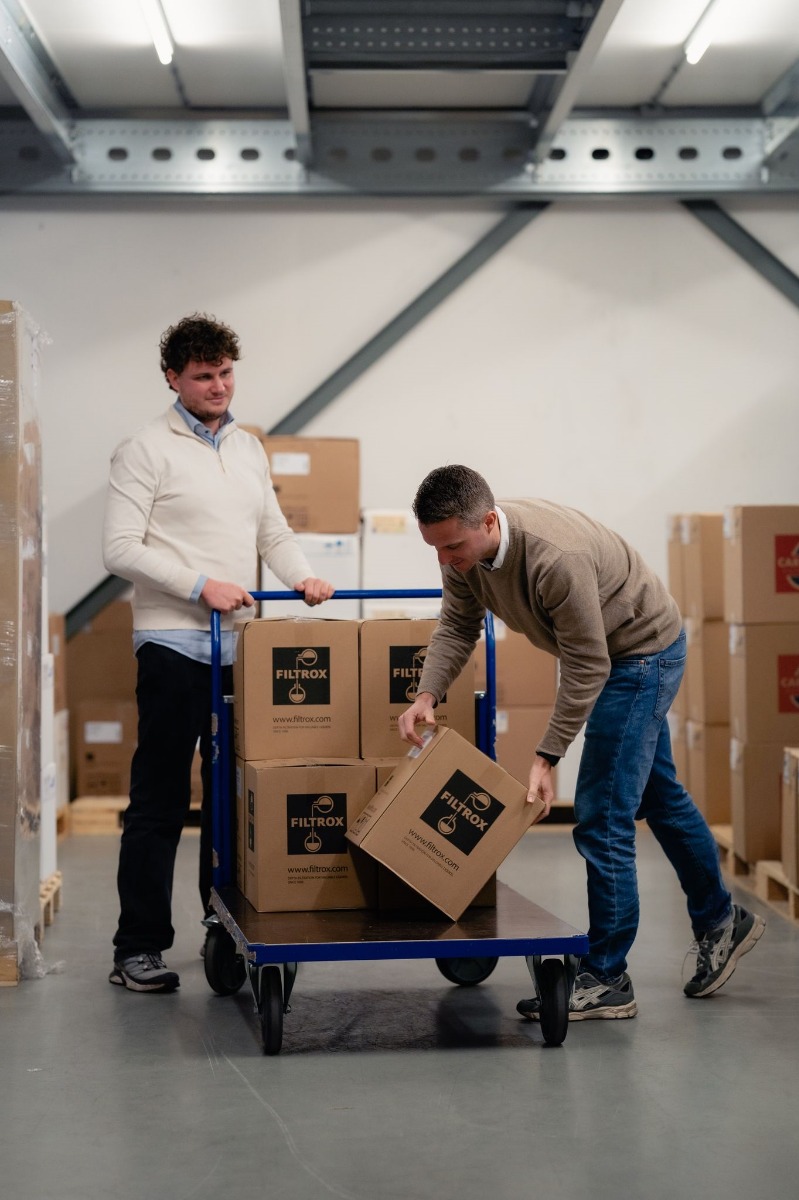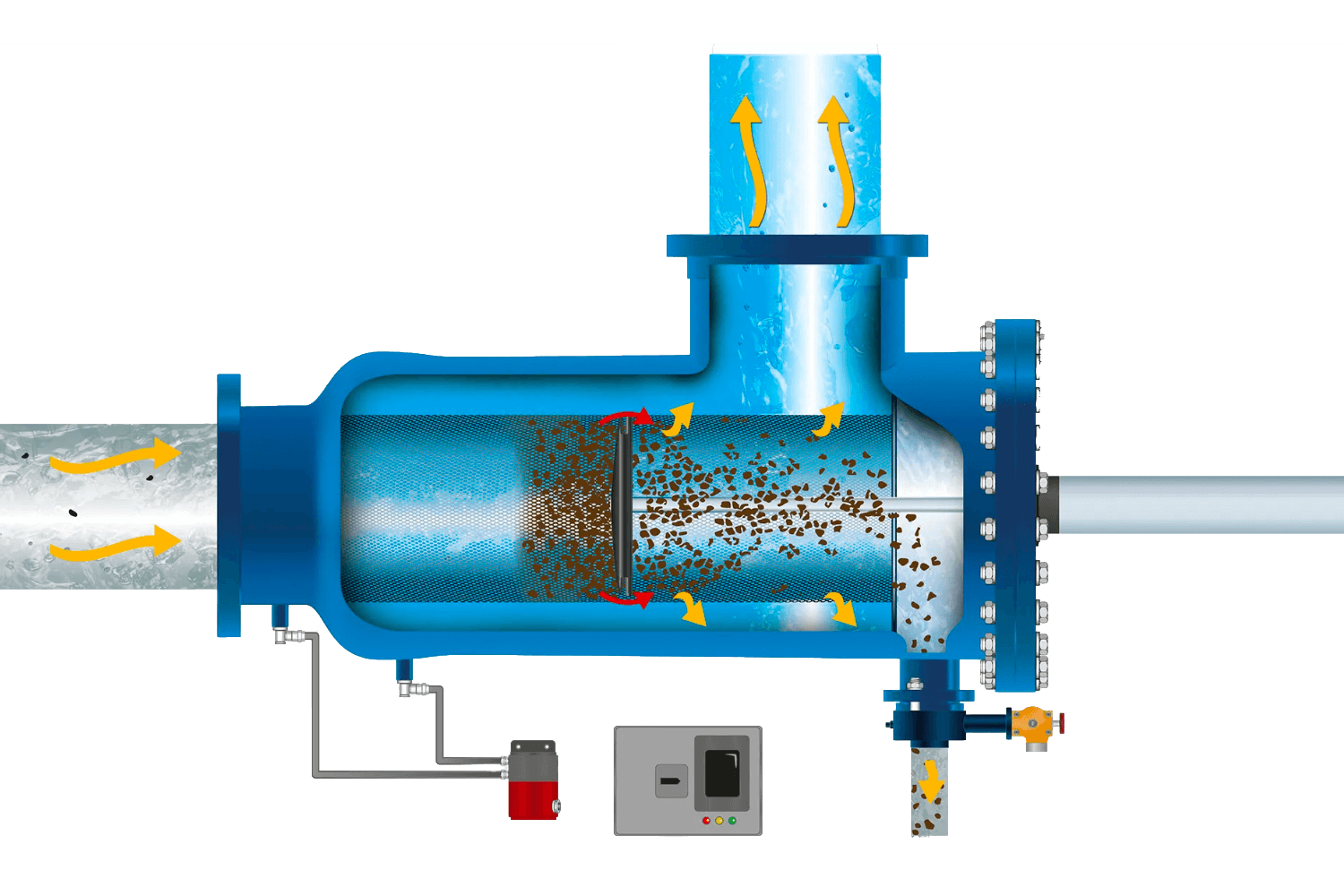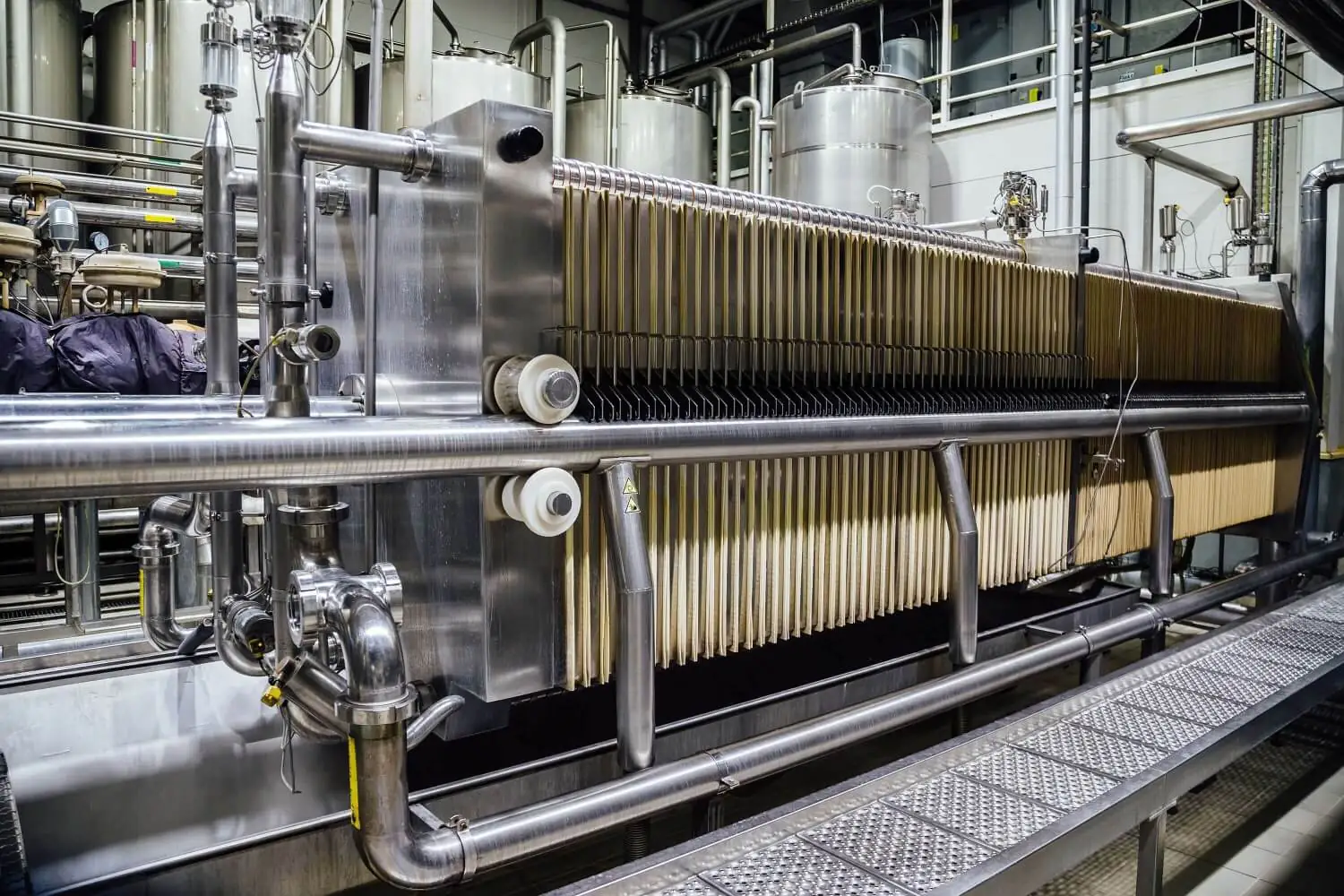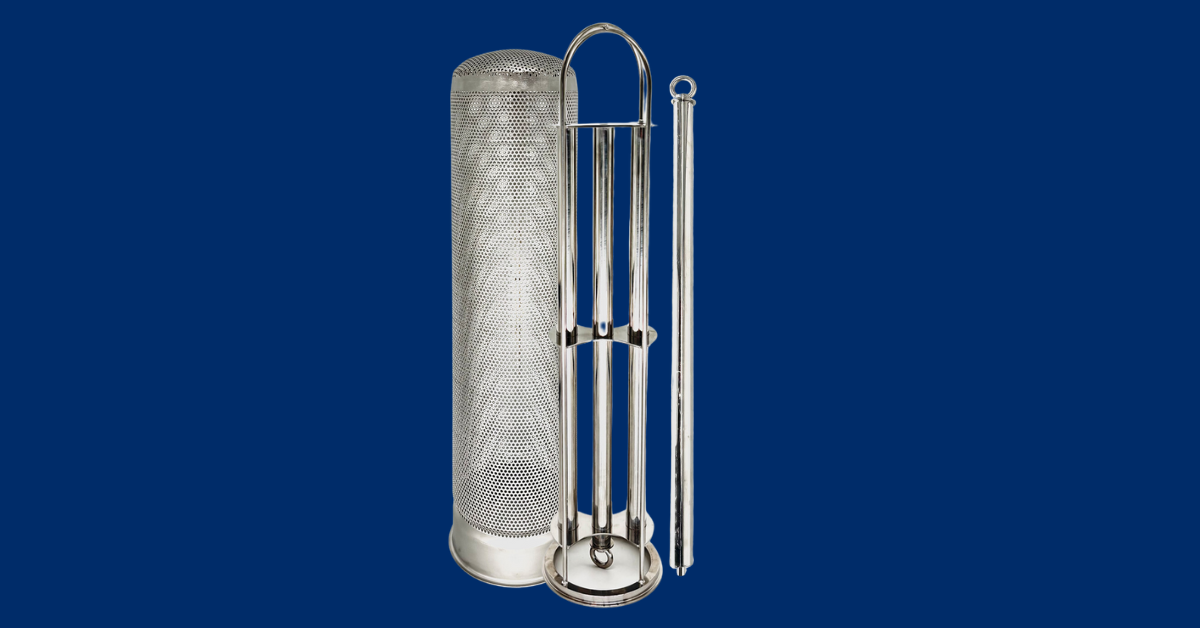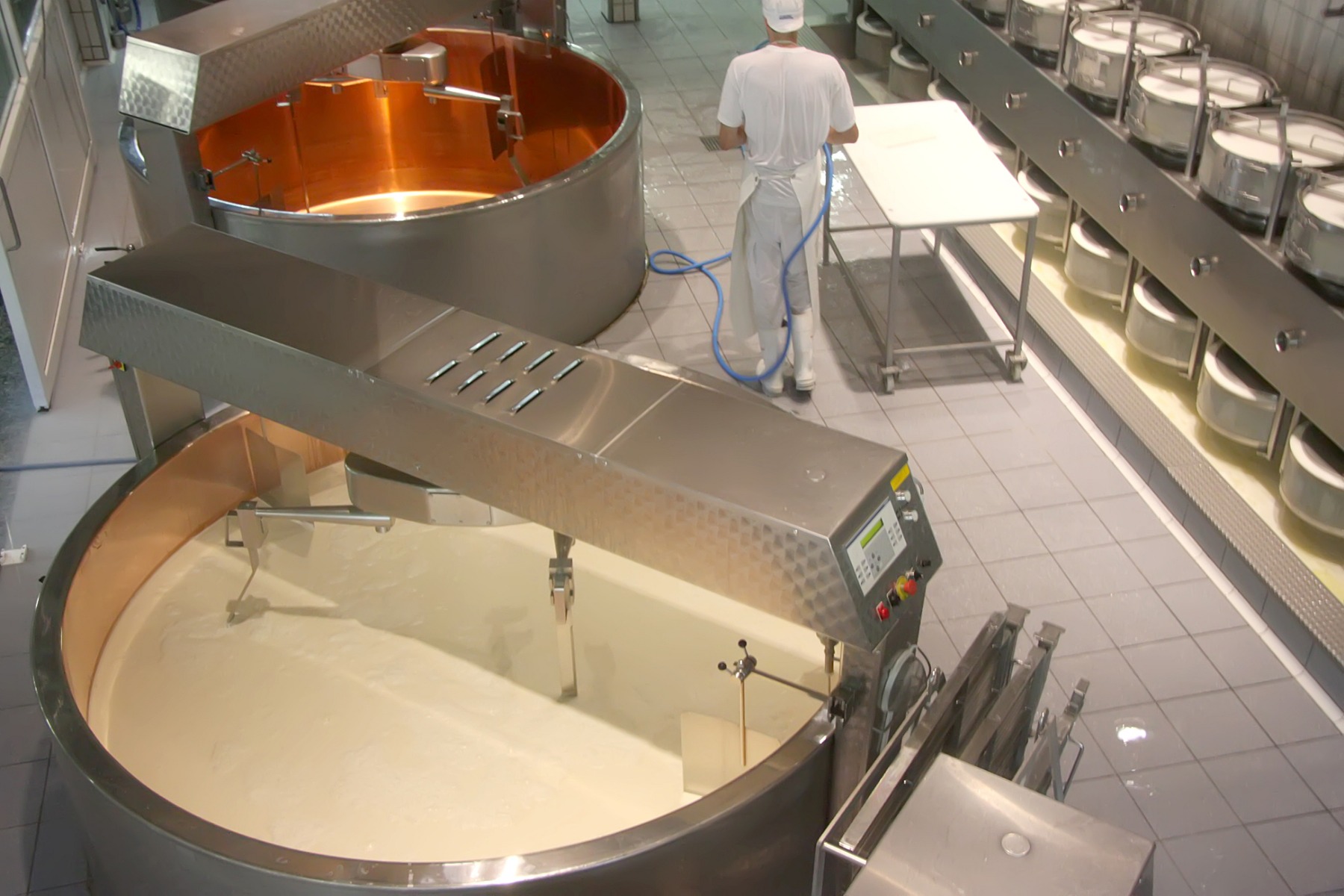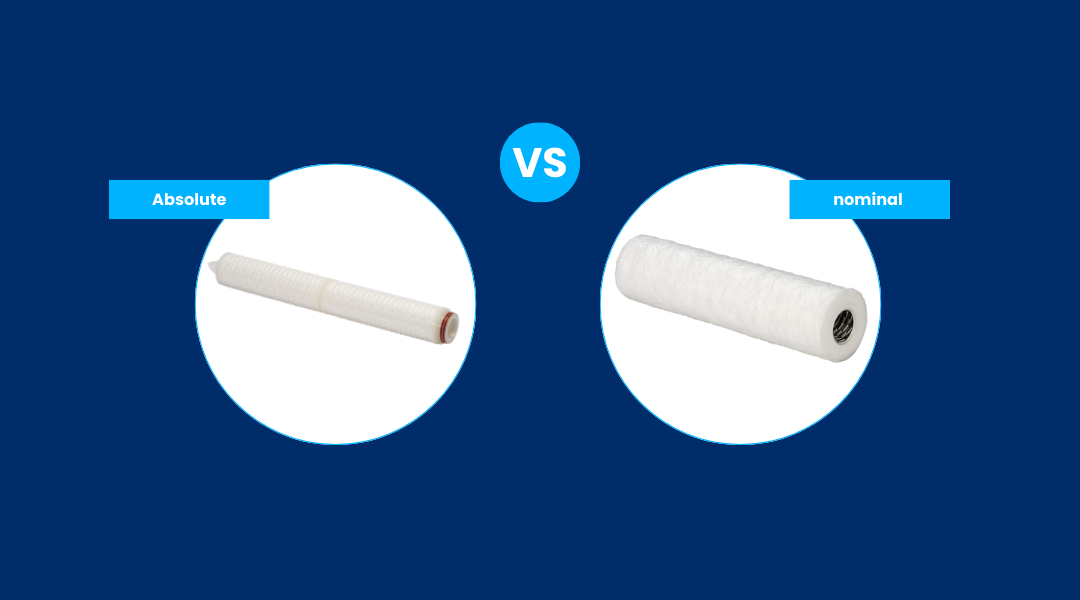
News
Absolute vs. nominal: how to select the right filter for your application
What is the difference between an absolute and a nominal filter? In this blog, we clearly explain how both filter types function, what level of efficiency you can expect, and when to choose one over the other. You will also learn why absolute filters are essential for sterile applications in the food, pharmaceutical, and biotech industries, and how integrity testing ensures consistent filtration quality.
Read more
